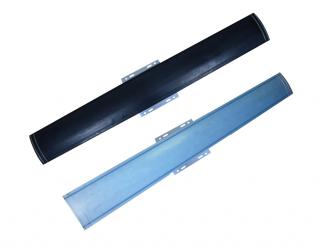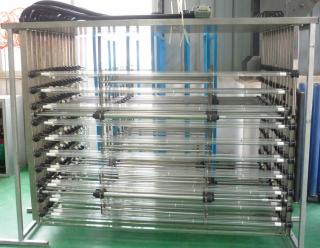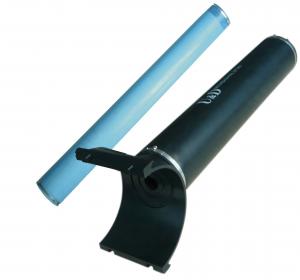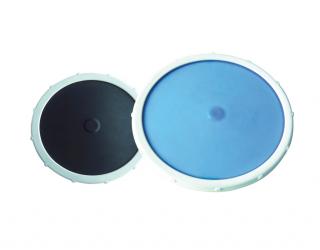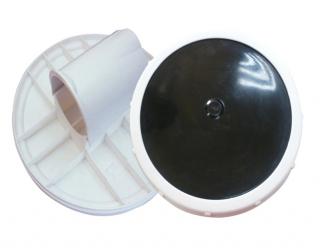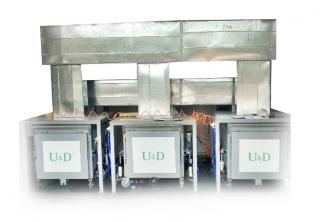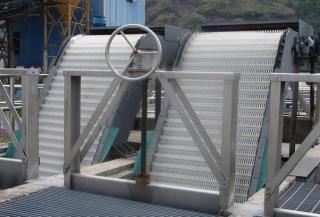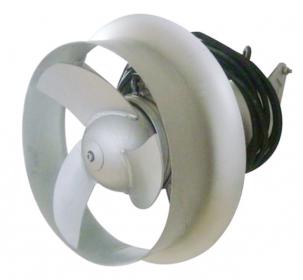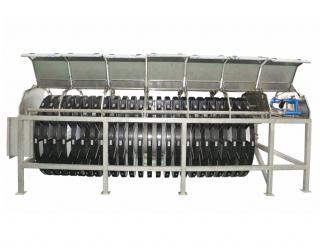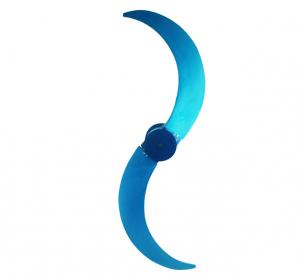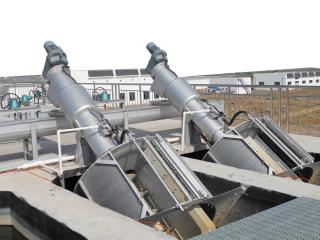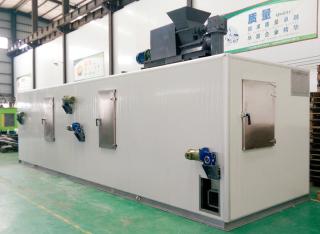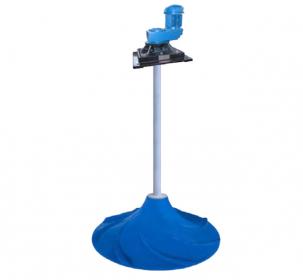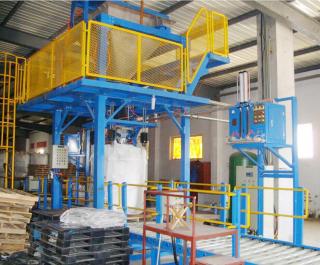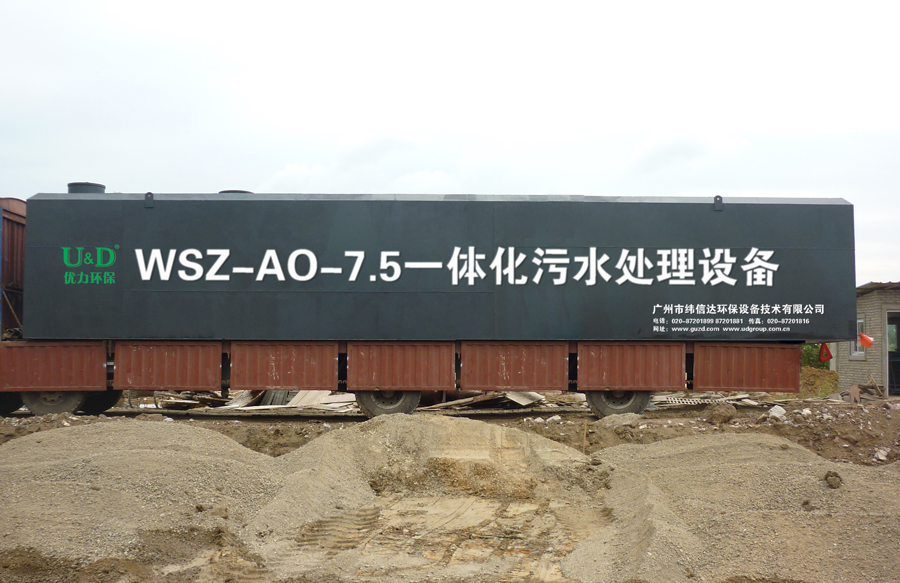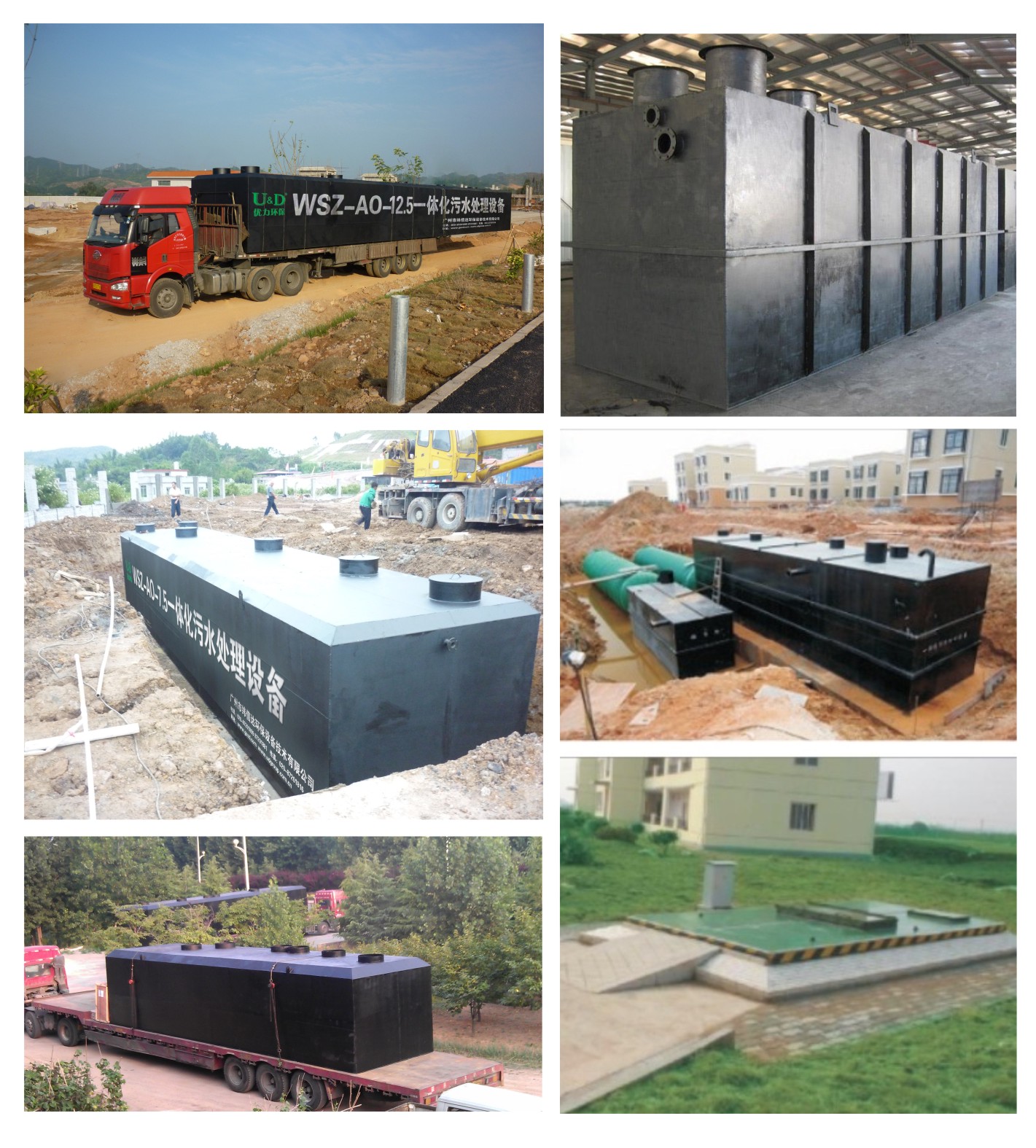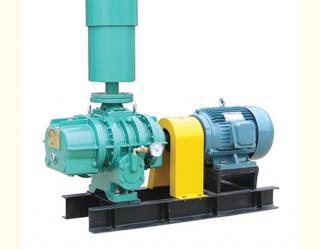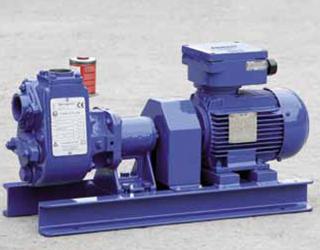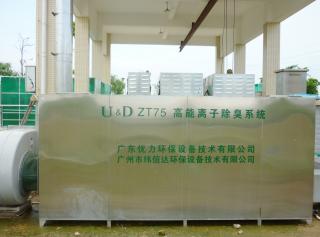- Product Overview
- Comments
- Project Case
I. Product Overview
U&D buried sewage treatment system is used for treatment of domestic sewage produced by the residential quarters,
hospitals and nursing homes, office buildings, marketplaces, hotels, restaurants, organs, schools, armed forces,
aquatic product processing factories, livestock processing factories and dairy food processing factories, and of
similar organic waste water by such industries as textile, beer, paper-making, tanning, food and chemical, to make such waste water meet the reuse water quality requirements after
treated, and so realize their resource-oriented utilization.
II. Technical Features
1. The entire device can be buried under the permanent frozen layer or above the ground, and the ground above the
device can be used as green or other space, and needs no structure, heating or thermal insulation.
2. The flow-pushing biological contact oxidation pond is adopted, which, in terms of treatment effect, is superior to
the totally mixed or two-stage series totally mixed biological contact oxidation pond. The pond is smaller than the
activated sludge tank in volume, features strong adaptability to water environment, good impact resistance and
stable effluent quality, and produces no sludge bulking. The pond uses the new-style resilient steric filler, and has large specific surface area. The microorganisms can be easily inoculated (matured) and removed. Under the same organic load, the pond can remove more organics and dissolve more
atmospheric oxygen in water.
3. The biochemical tank uses the biological contact oxidation process. The volume load of the filler is small, and the
microorganisms are in their oxidization phase. Not much sludge is produced, and so sludge only needs to be
discharged (either pumped by dung-cart or dewatered into sludge cake and carried away) once each three months
(90 days).
4. The buried domestic sewage treatment equipment, in addition to the traditional high-altitude gas exhaust, also
uses the deodorization by soil-filter method.
5. The entire device is provided with the full automatic electric control system that ensures safe and reliable running.
At ordinary times, it needs no manned operation but proper maintenance and service in due time.
III. Process Flow
Sewage flows into the screen, where floats are removed, and onward into the hydrolysis acidification tank for pre-
acidification, and then reaches the grade-A biological reaction tank. The grade-A biological reaction tank applies the
up-flow anaerobic UASB reaction system, and uses the anaerobes and facultative bacteria to degrade lots of
organics contained in sewage into CH4, CO2, etc. The anaerobic process adopts the improved UASB reactor
with filter materials, through which the removal efficiency CODcr reaches over 50%. Effluent from the grade-A
biological reaction tank enters the grade-O biological reaction tank. The grade-O biological reaction tank is a
flow-pushing contact oxidation pond (oxygen is intermittently filled by blower, and suspended fillers are distributed
in the pond), and it uses the suspended microorganisms and those solidified on fillers to degrade organics
contained in sewage (both anaerobic tank and contact oxidation tank are provided with an exhaust collection
device, and disinfect all discharged waste gas together). After treatment, most organics are removed from sewage,
and then sewage flows into the secondary sedimentation tank, where SS is removed. Effluent can meet the first,
second or third grade as stated in the national standard Integrated Wastewater Discharge, as the owner requires.









